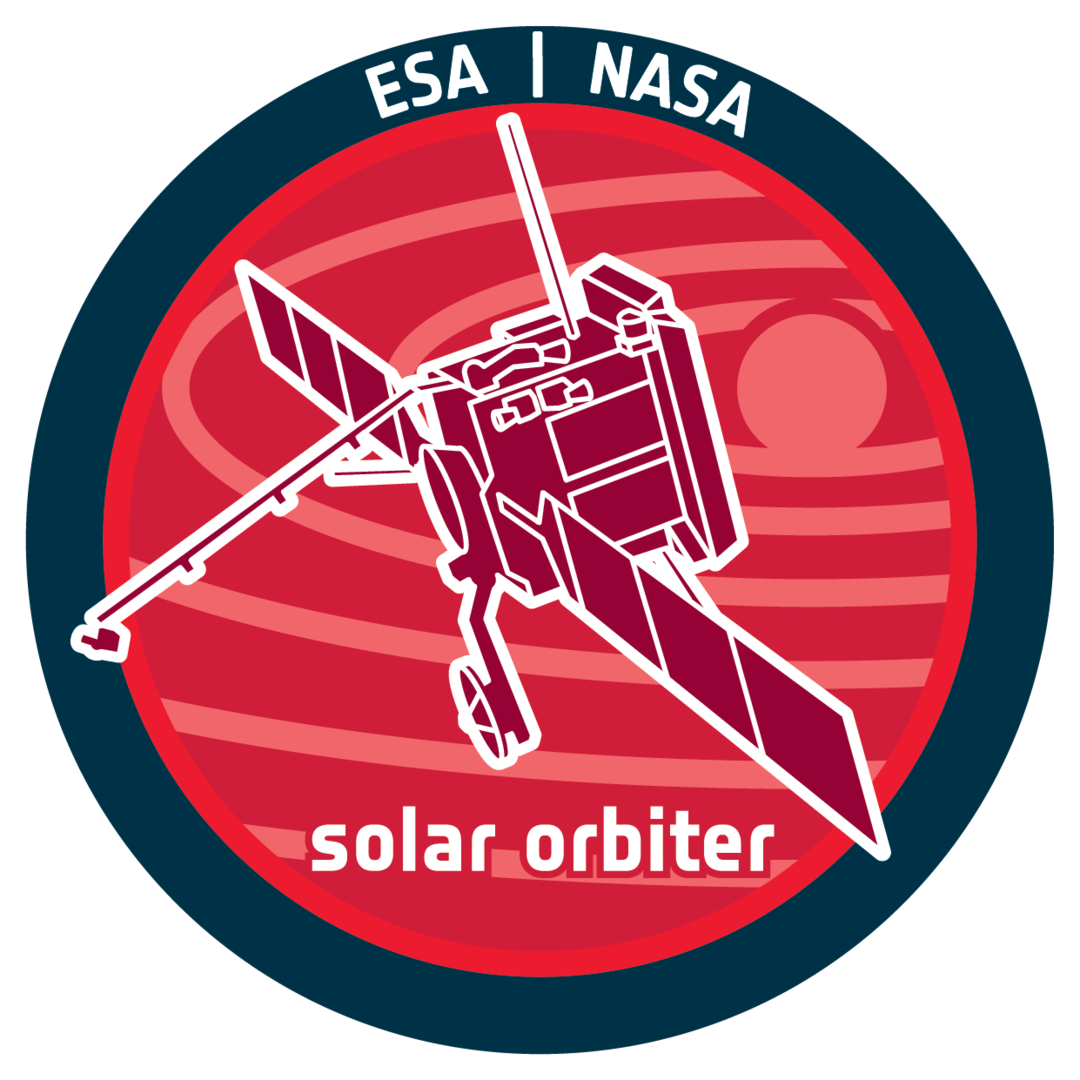Note4Students
From UPSC perspective, the following things are important :
Prelims level: SolO Mission
Mains level: Significance of the Mission

Yesterday, the Solar Orbiter, a collaborative mission between the European Space Agency and NASA to study the Sun, took off from Cape Canaveral in Florida.
What is the Solar Orbiter?
- Carrying four in situ instruments and six remote-sensing imagers, the Solar Orbiter (called SolO) will face the sun at approximately 42 million kilometres from its surface.
- Before SolO, all solar imaging instruments have been within the ecliptic plane, in which all planets orbit and which is aligned with the sun’s equator.
- The new spacecraft will use the gravity of Venus and Earth to swing itself out of the ecliptic plane, passing inside the orbit of Mercury, and will be able to get a bird’s eye view of the sun’s poles for the first time.
Objectives of the mission
- The Orbiter will take pictures using telescopes through a heat shield that is partly made of baked animal bones, to help it withstand temperatures of up to 600 degree Celsius.
- By understanding the behaviour of the sun, the Orbiter aims to provide information on how the former would affect technology such as satellites, navigation systems, power grids, and telecommunication services.
- The Orbiter will help scientists understand the sun’s dynamic behaviour, and solve mysteries such as the sunspot cycle, or why the star spews out high velocity charged particles through the solar system.
- With more data on the global magnetic field of the star, scientists would be able to forecast space weather events.
Earlier missions
- In 1990, NASA and ESA had sent the Ulysses mission, which also passed over the sun’s poles but at much farther distances, and did not carry a camera.
Get an IAS/IPS ranker as your 1: 1 personal mentor for UPSC 2024

